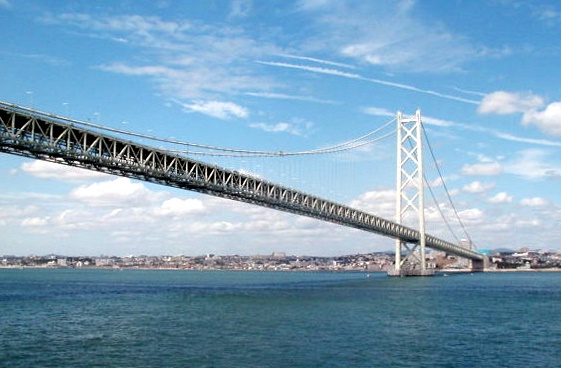“Construction should be decorated. Decoration should never be purposely constructed.”
Jones meant that objects should be created for their functions and then enhanced. Objects should not be created with decoration in mind first.
I agree with Jones that designers should first produce with the intended purpose of the object or building before beautifying is brought into the equation. With this in mind an objects true role should be recognisable as soon as it is glanced at, so not to overcomplicate the object.
Today examples of ‘decorated construction’ are numerous, what with novelty items and new technologies advancing daily. Following principles such as Jones’ have lead us to being able to fashion ‘decoration constructed’ whilst still retaining its functionality as well as a sense of beauty. However there are still some instances of ‘decoration construction’ which are worthy of critique. This sumo-wrestler table is a prime example as its beauty in form as well in function was lost in the very idea.


